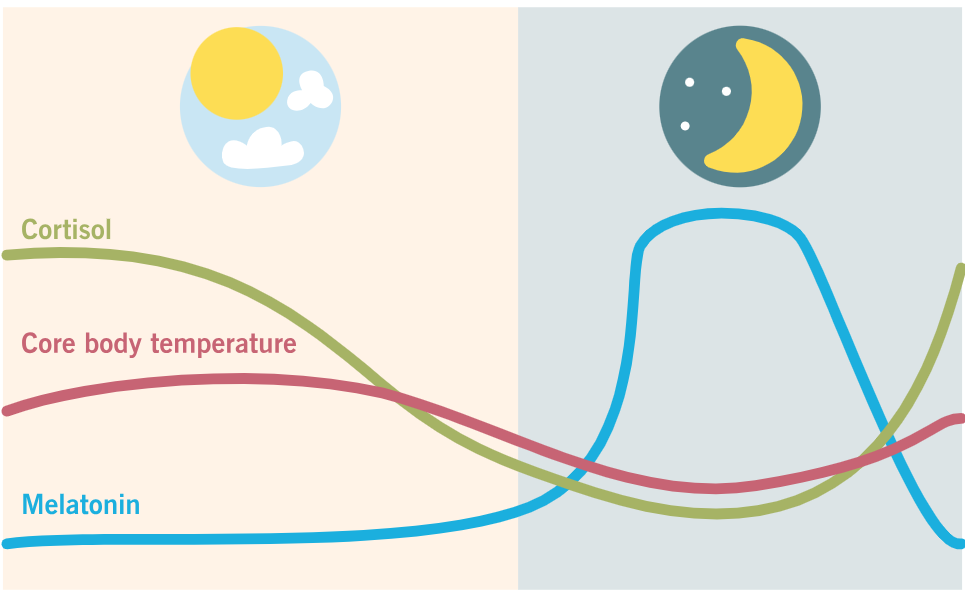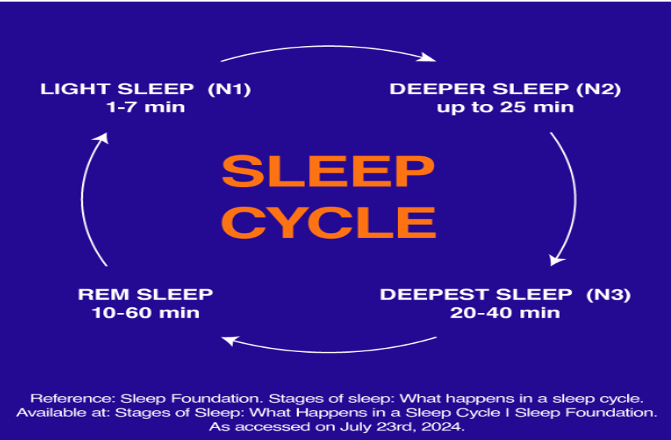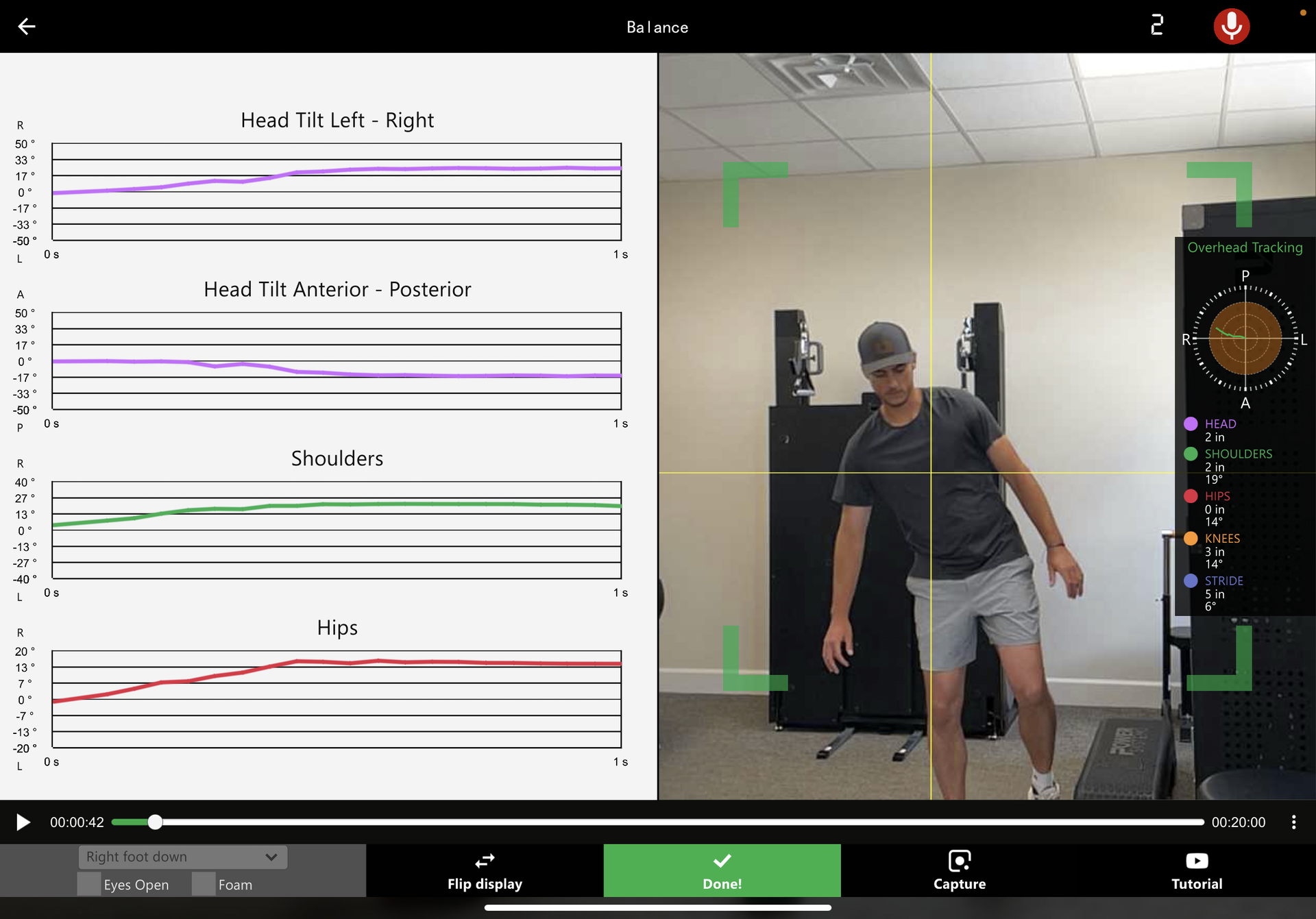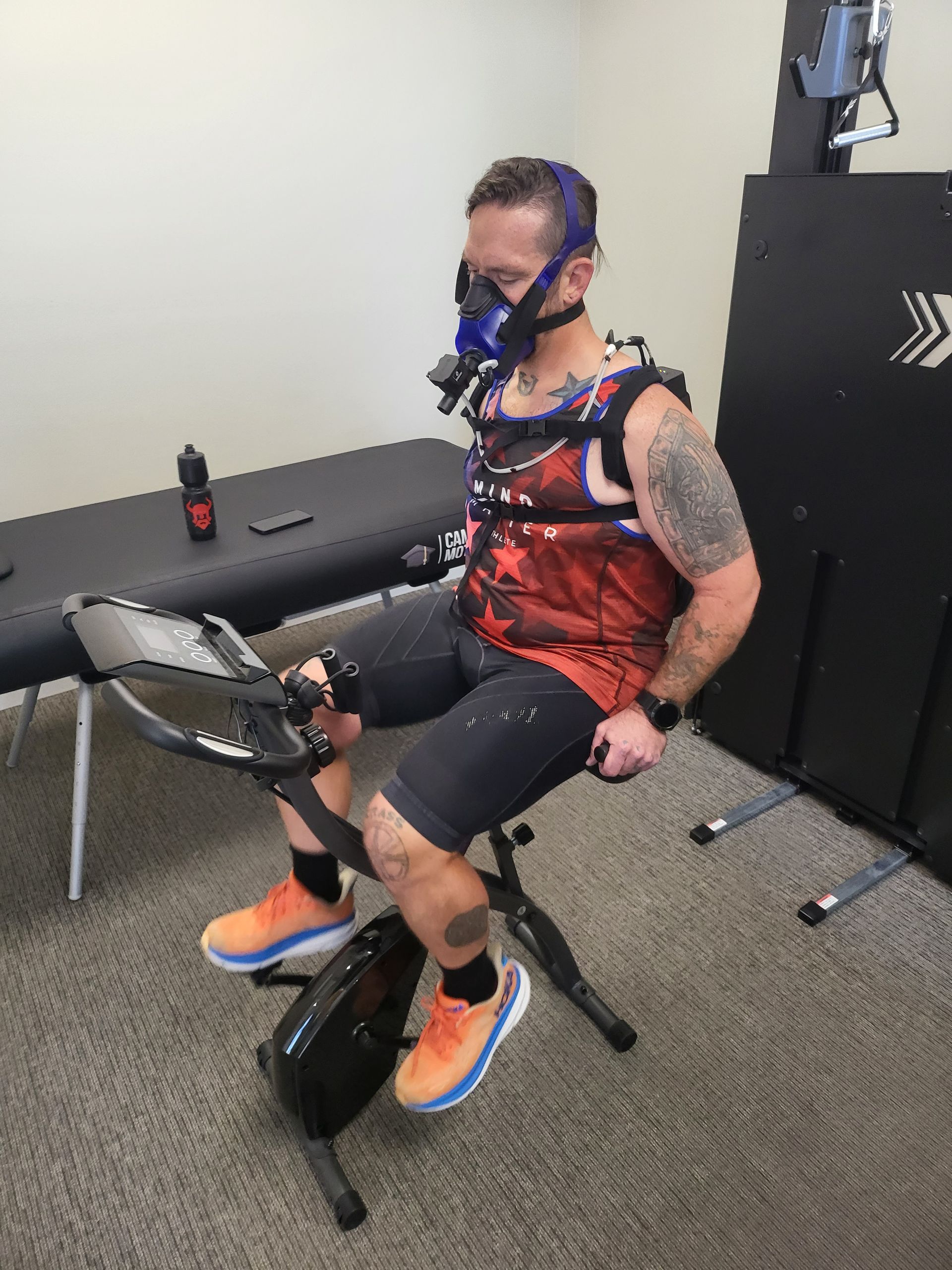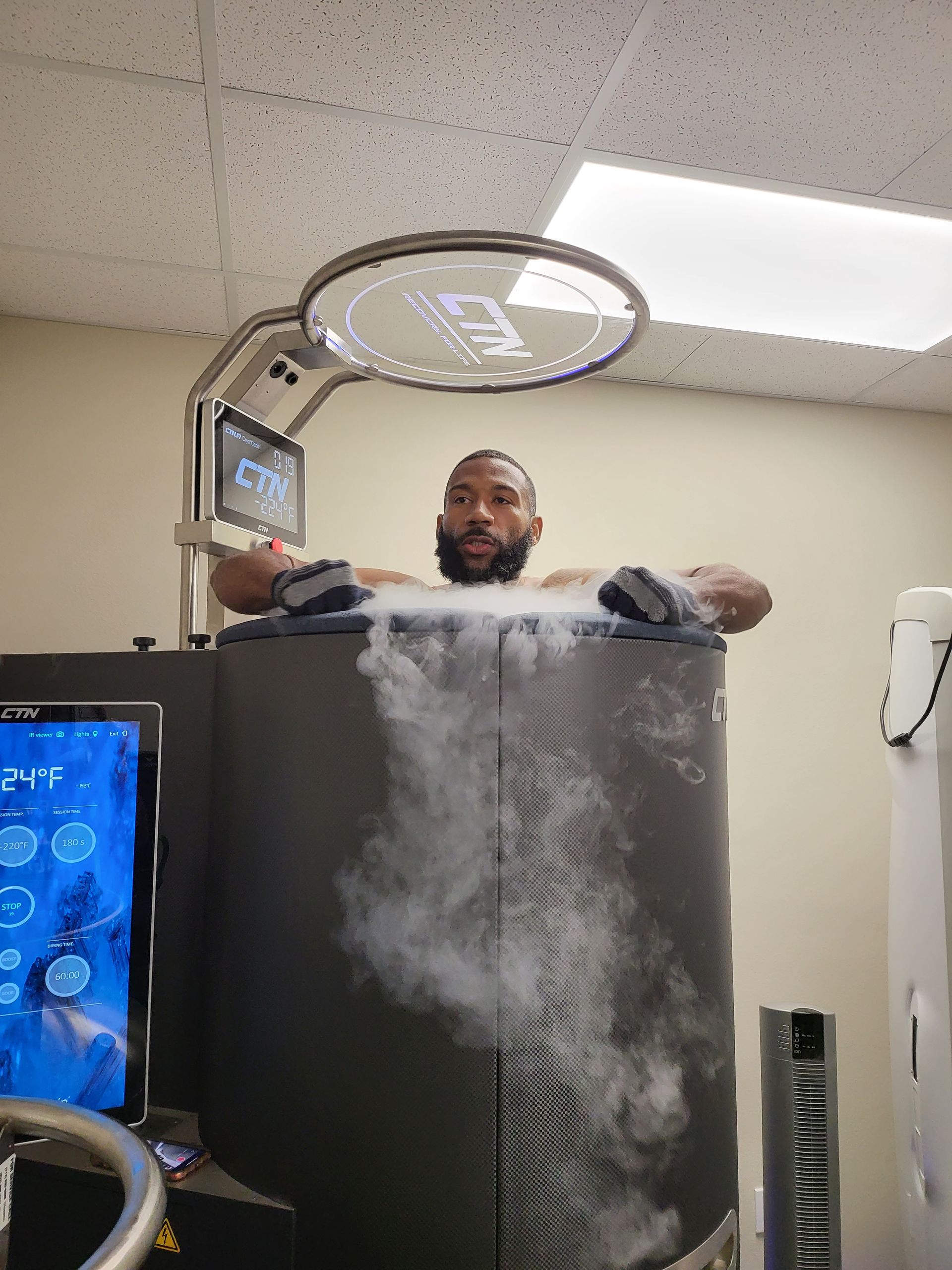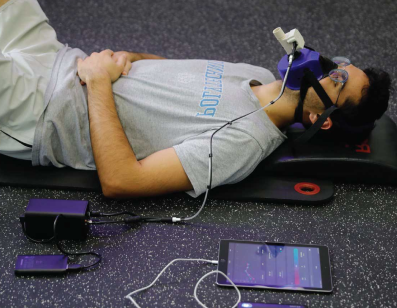Corrective Exercise Myths and FAQs: Unveiling the Importance of Corrective Exercise on Injury Prevention & Athletic Performance
Think corrective exercise is just for the injured? Think again!
Introduction
Corrective exercise is a technique that leverages an understanding of anatomy, biomechanics, and functional movement patterns to rectify and enhance human movement. It has gained significant attention in recent years due to its effectiveness in injury prevention and enhancing athletic performance. However, as with any emerging field, there are several myths surrounding corrective exercise. This article aims to debunk these myths and answer some frequently asked questions (FAQs) about the importance of corrective exercise on injury prevention & athletic performance.
Myth 1: Corrective Exercise is Only for Injured Individuals
One common misconception is that corrective exercises are only beneficial for those recovering from injuries. While they indeed play a crucial role in rehabilitation, their benefits extend far beyond this realm.
Corrective exercises are designed to improve overall body alignment, enhance muscle balance, and promote efficient movement patterns. These aspects are vital not only for individuals recovering from injuries but also for healthy individuals who wish to prevent future injuries and improve their athletic performance.
Myth 2: Corrective Exercises are Not Suitable for Athletes
Another myth is that corrective exercises are not suitable or necessary for athletes since they're already physically fit. This couldn't be further from the truth. Even elite athletes can have muscular imbalances or inefficient movement patterns that may lead to decreased performance or increased risk of injury.
Incorporating corrective exercises into an athlete's training regimen can help identify and correct these issues before they become problematic. Thus, emphasizing the importance of corrective exercise on injury prevention & athletic performance.
Myth 3: All Corrective Exercises are the Same
The belief that all corrective exercises are the same is another widespread myth. The truth is that these exercises should be individualized based on a person's unique needs, goals, fitness level, and medical history.
A well-designed corrective exercise program considers these factors and includes exercises that target specific areas of weakness or imbalance. This personalized approach ensures maximum effectiveness and safety.
FAQs About Corrective Exercise
1. What is the Role of Corrective Exercise in Injury Prevention?
Corrective exercise plays a pivotal role in injury prevention by addressing muscular imbalances, improving postural alignment, and enhancing movement efficiency. By doing so, it reduces the strain on joints and muscles during physical activities, thereby decreasing the risk of injuries.
2. How Does Corrective Exercise Enhance Athletic Performance?
Corrective exercise can significantly enhance athletic performance by improving movement efficiency. Efficient movement allows athletes to use less energy for the same movements, leading to improved endurance and performance.
Moreover, by correcting muscular imbalances and optimizing body alignment, corrective exercise can also enhance power output and agility, further boosting athletic performance.
3. How Often Should I Do Corrective Exercises?
The frequency of corrective exercises depends on individual needs and goals. However, as a general rule of thumb, incorporating them into your regular workout routine 2-3 times a week can yield significant benefits.
4. Can I Do Corrective Exercises at Home?
Yes! Many corrective exercises require minimal equipment and can be easily done at home. However, it's crucial to learn the proper form from a qualified professional to ensure effectiveness and prevent injuries.
Conclusion
In conclusion, the importance of corrective exercise on injury prevention & athletic performance cannot be overstated. These exercises are not just for those recovering from injuries but are also invaluable tools for healthy individuals and athletes who wish to enhance their physical capabilities and safeguard against future injuries.
Remember that every individual is unique; therefore, what works for one person may not work for another. Always seek advice from a health & wellness professional when starting a new exercise regimen or making significant changes to your current one. They can help design a personalized program that aligns with your specific needs and goals while ensuring safety and effectiveness.
Contact us today and let us help you get started with corrective exercise. Our experts can give you the necessary advice and prescribe a course of action that will make a difference.
